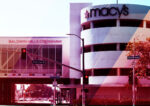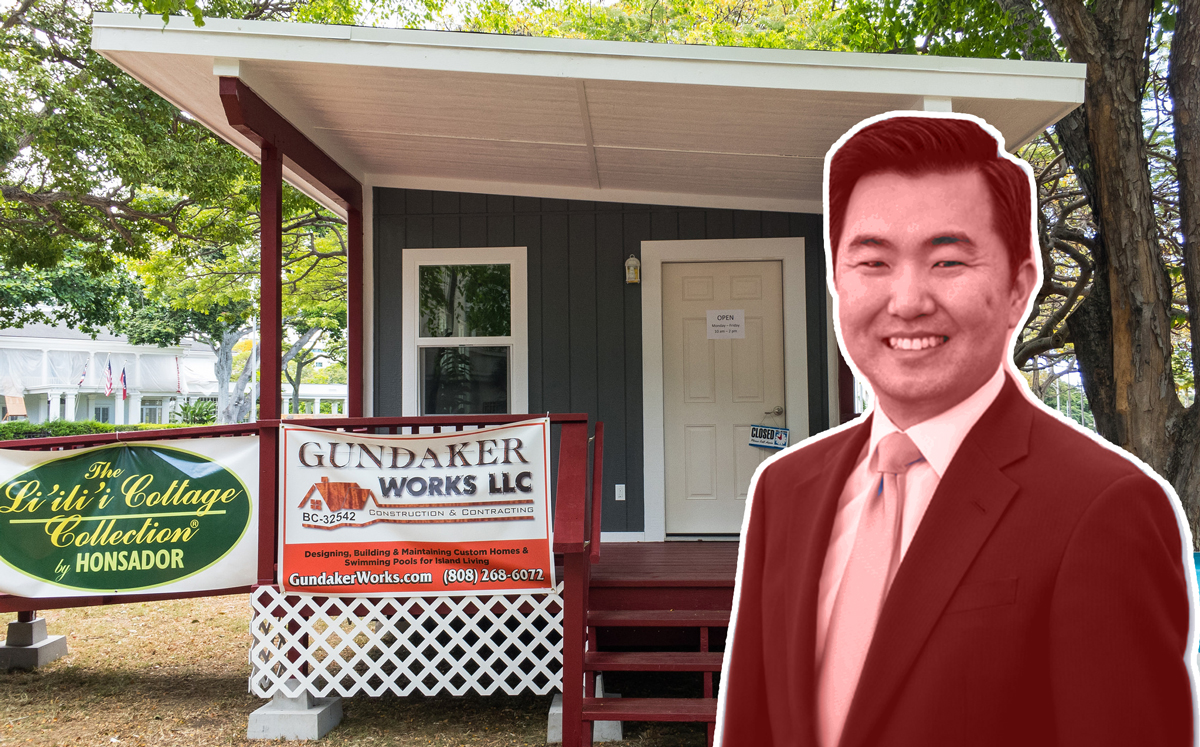Los Angeles city officials are recommending a ban on so-called “granny flats” in some hillside areas including upscale neighborhoods of Bel Air, Laurel Canyon and the Bird Streets.
The move on Thursday by the City Planning Commission came as part of a larger effort to regulate L.A.’s granny flats or secondary accessory dwelling units. They are separate units built on single-family parcels. Mayor Eric Garcetti has previously promoted the granny flats as one way to address the city’s severe housing shortage.
The planning commission’s recommendations would allow granny flats up to 1,200 square feet in areas in approved locations.
But lawmakers and the city are still divided over the rules.
The City Council’s Planning and Land Use Committee wants the ban expanded to all hillside areas. That’s how the committee voted last year when the planning commission proposed rules allowing ADUs in hillside areas, within a half-mile of a transit stop.
A total ban could greatly reduce the number of buildable granny flats in L.A. — 30 percent of the city’s single-family homes are located in hillside areas. Under the planning commission’s recommended smaller ban, only 6.5 percent of single-family lots would be affected. Some critics of the ban say the hillside communities, many of them in pricey neighborhoods, would be getting special treatment.
Councilmember David Ryu, who represents hillside areas including Hollywood Hills and Sherman Oaks, contends a blanket ban is a safety precaution. A representative for Ryu told the commission Thursday repeated that assertion and cited the devastation caused by the recent Woolsey Fire as one reason to not allow ADUs in vulnerable areas. Current estimates put the amount of real estate damage from the Woolsey Fire at around $5 billion. [Curbed] – Dennis Lynch




